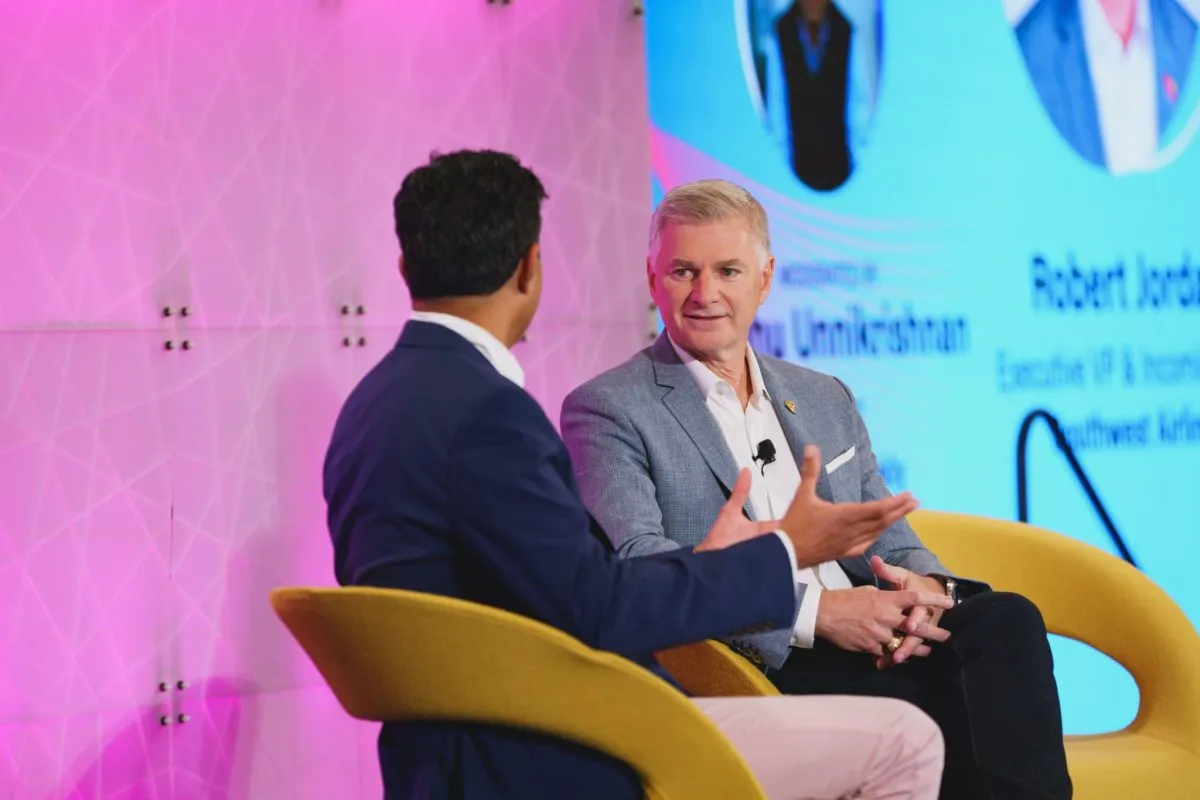Loyalty Beyond Points and Miles: Creating Rewarding Experiences for the Experiential and Millennial Traveler

Skift Take
This sponsored content was created in collaboration with a Skift partner.
Consumer attitudes toward loyalty programs are in the midst of a generational shift. That’s largely due to the growing consumer clout of millennials, an age group that thinks about loyalty differently than its older peers.
One example of these shifting attitudes toward loyalty is how younger travelers prioritize experiences. By now, it’s almost cliché to say that millennials “prioritize experiences over stuff,” but it’s backed up by data: a recent study by Eventbrite found that 78 percent of millennials preferred to spend money on experiences in lieu of physical goods. Another example is millennials’ willingness to share personal information in exchange for more customized and seamless interactions with brands. According to a recent Bond Brand Loyalty report, 81 percent of millennials and Generation Z consumers said they were open to having data about their behavior collected in exchange for more personalized rewards and brand engagements.
Yet too many of today’s travel loyalty programs aren’t aligned with those attitudes, leading to growing dissatisfaction with and reduced participation in loyalty programs among those traveler segments. According to the loyalty research firm Colloquy, 54 percent of loyalty program memberships are currently inactive. In order to redesign loyalty programs for an evolving traveler mindset, companies should stop thinking about loyalty strictly in terms of points and miles. Instead, they should focus on dynamic and custom-made loyalty solutions that enhance the brand experience while delivering today’s travelers the loyalty experiences they crave. Doing so can help reduce the cost of customer acquisition while ensuring that travel brands are top-of-mind when travelers make a booking.
“Loyalty programs were never just about rewards accrual and redemption,” said Daniel Farrar, CEO of Switchfly, a travel ecommerce platform designed to help travel brands maximize loyalty and revenue. “But today, experiences matter more than ever. And by optimizing their loyalty strategies to generate customer insights and create meaningful experiences, travel brands can both increase ‘stickiness’ and create new earning opportunities.”
Switchfly, whose customizable, flexible loyalty platform helps travel brands maximize the value of their loyalty programs, has identified three strategies travel executives should use to ensure they’re reaping the rewards of today’s changing attitudes toward loyalty.
Use loyalty data to uncover customer insights
For travel brands, one of the great benefits of a loyalty program is the ability to learn more about their customers. This knowledge can help them uncover relevant insights into their travel habits that lead to more meaningful interactions in the future.
“Personalization is increasingly important and something guests are starting to expect,” noted a recent 2018 edition of Skift’s Luxury Newsletter. “But perhaps more valuable for the companies is the ability to capture customer data for use in other areas such as marketing.”
In the past, these types of loyalty insights were focused on tracking details like customer spending and frequency of use. While those attributes still matter, more travel companies are also casting a wider net to get to know their customers better. This will lead to the types of loyalty experiences that delight guests and help build trust.
Switchfly EVP for Global Growth & Marketing Douglas Gaccione agrees. “Loyalty programs are increasingly important as a source of business intelligence. Data from loyalty programs can be harnessed to facilitate personalization, of course, but also larger business decisions, including the curation and presentation of inventory to offer customers a selection of products and services tailored to them.”
More travel executives now recognize that customers expect the data they share in loyalty programs will be used to inform future brand interactions. Take the example of Ritz-Carlton, which noted that a repeat customer who ordered pizza with red pepper flakes on past stays forgot to ask for it. They delivered the flakes with the pizza, demonstrating that they are paying attention to the customer’s preferences. That sort of personal touch is likely to leave a long-term impression on the customer while cultivating invaluable word-of-mouth goodwill.
Show customers that you understand them
Once brands have a better understanding of their customers, they need to use that information more effectively to deliver personalized rewards, tailored interactions, and unexpected experiences that satisfy customer needs.
As today’s travel customer sees it, truly personalized loyalty offerings are based on long-term relationships they establish with companies that respond to their needs. As one customer explained in a recent loyalty study conducted by Rare:Consulting, “…brand loyalty should go both ways. Meaning that if I am loyal to a brand, keep on buying with them, they should reward me and treat me differently than a new customer.”
How can marketers create these types of personalized loyalty experiences? One example would be offering customers more flexibility in the types of rewards they can earn for their business. For instance, a customer who frequently travels to Mexico might be interested in a loyalty redemption for a concert with a Mexican musician performing in their home city. Meanwhile, another traveler who likes to visit coastal destinations might be more interested in a loyalty offer for a free stay at a beach resort.
More travel loyalty programs are taking this message to heart. British Airways now allows members to use their Avios loyalty points to purchase duty-free spirits and have them delivered to their homes as part of a broader initiative to create a consistent customer experience across brands and platforms. There’s also LoyaltyEdge, an organization which manages loyalty programs for major banks and their payment cards. The company uses Switchfly’s comprehensive set of configurations to target key client demographics and populations and tailor their travel products and loyalty redemption offerings to meet the end user’s needs. By capturing and using consumer data effectively across touch points, LoyaltyEdge and Switchfly are creating a much richer picture of what each customer wants or might want to see at any given time.
Use loyalty to create a holistic brand experience
We’ve already noted the importance of experiences to today’s travelers. It’s one reason why 77 percent of millennials said some of their best memories came from events and live experiences. In the sphere of loyalty programs, this means that travel companies need to look for opportunities that will generate excitement and anticipation of future experiences. Doing so can help forge longer-term emotional connections with customers.
Another way to do this is by creating one-of-a-kind experiences. During a recent holiday season, WestJet asked 250 travelers waiting in a departure lounge what they wanted for the holidays. The airline then had those gifts waiting for them when they landed at their destination. Such a personalized surprise is one example of creating a memorable experience that can last far longer in a traveler’s mind than simply providing a points-based redemption transaction.
Takeaways
Loyalty programs are ripe for improvement, and the brands who take the lead will stand out by demonstrating that they truly value customer preferences. Here are several opportunities for travel brands to rethink their loyalty experience:
- Millennials want loyalty programs to evolve: They prefer experiences to transactional discounts, and will reward the brands that take the time to understand their values and habits
- Data facilitates personalization: The plethora of data available to brands contains clues about what travelers want. Using that to design loyalty programs ensures greater success
- Personalization drives loyalty: Enhancing the loyalty experience is a way of demonstrating to customers that you understand them
This content was created in collaboration with Switchfly and published by Skift’s branded content studio, SkiftX.




